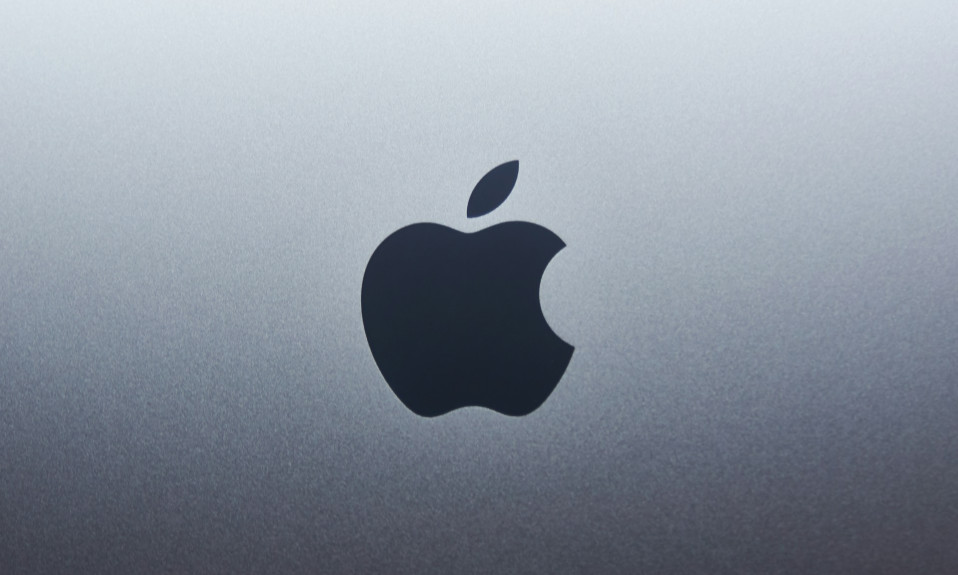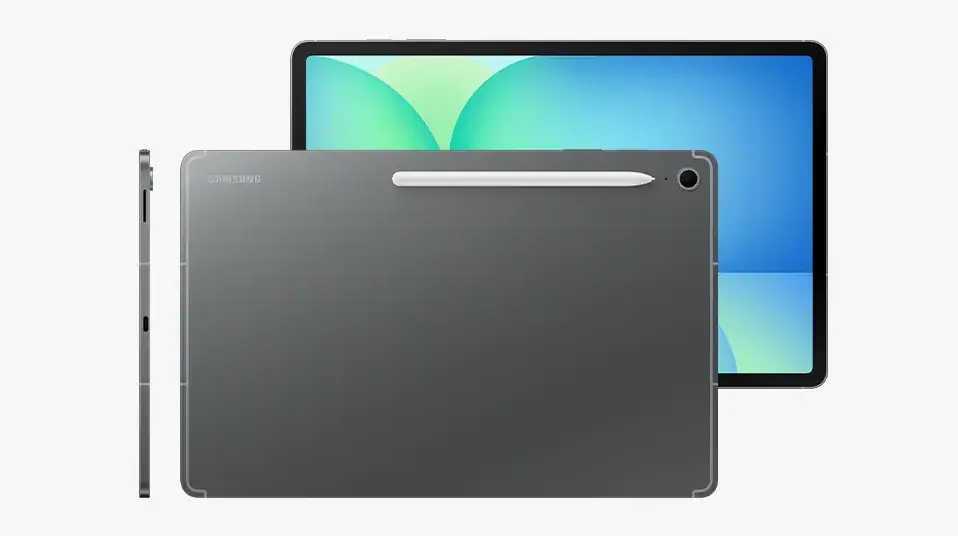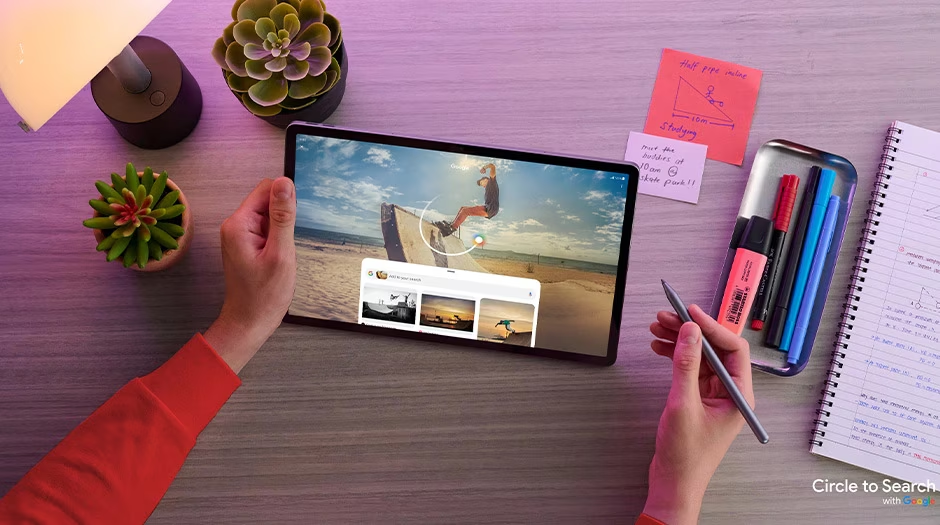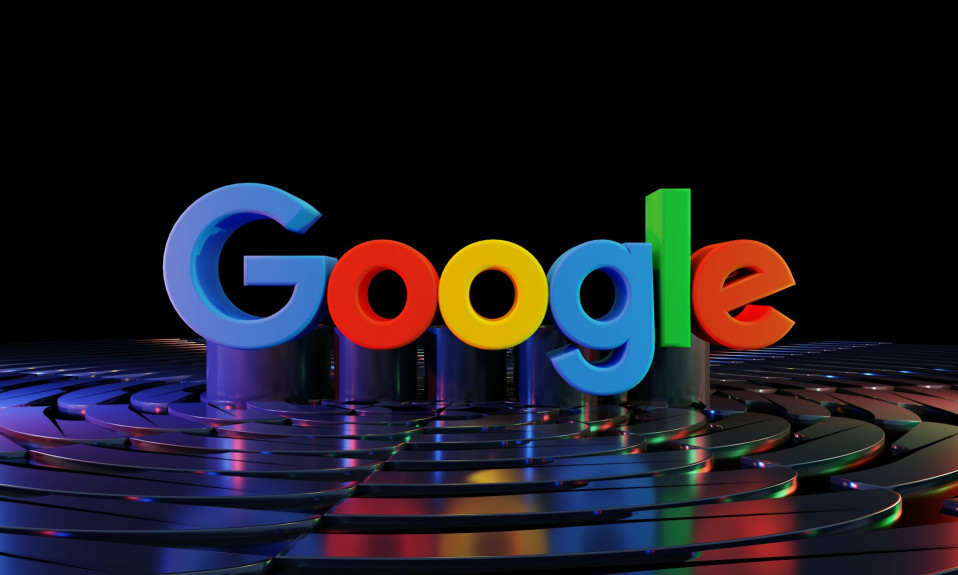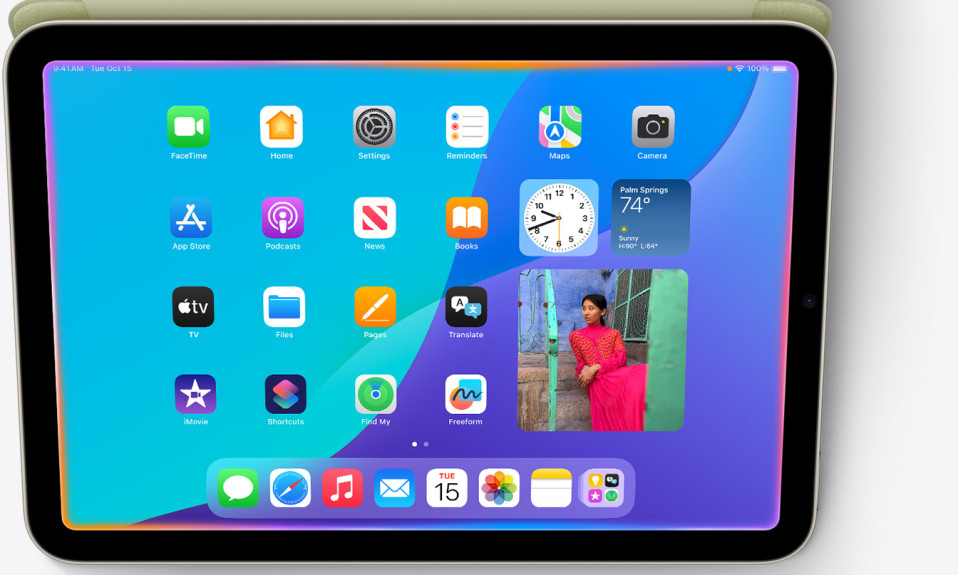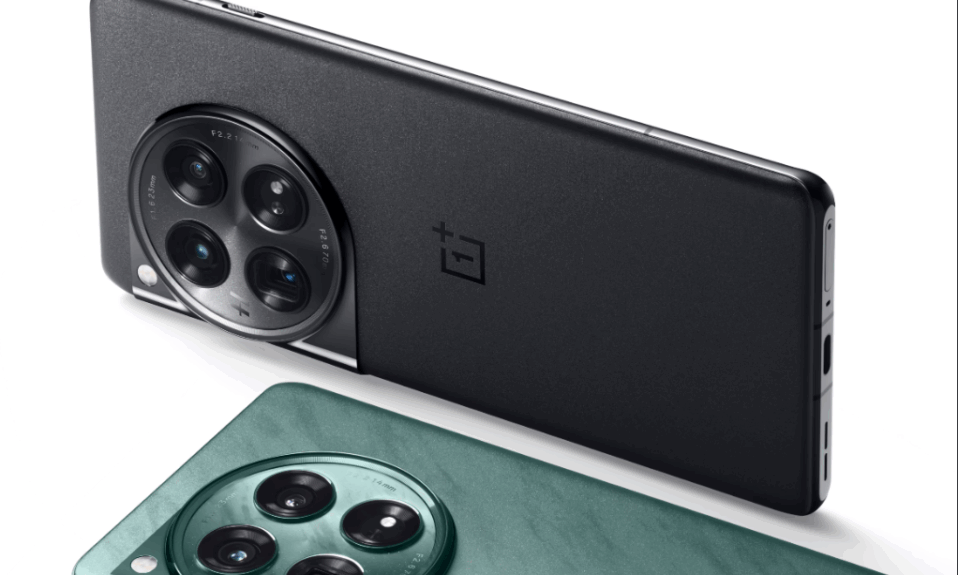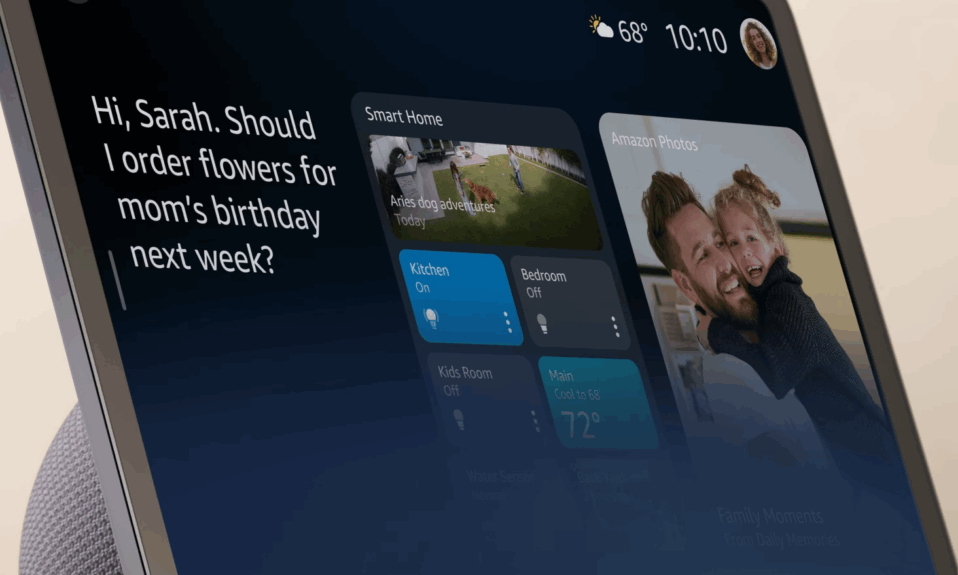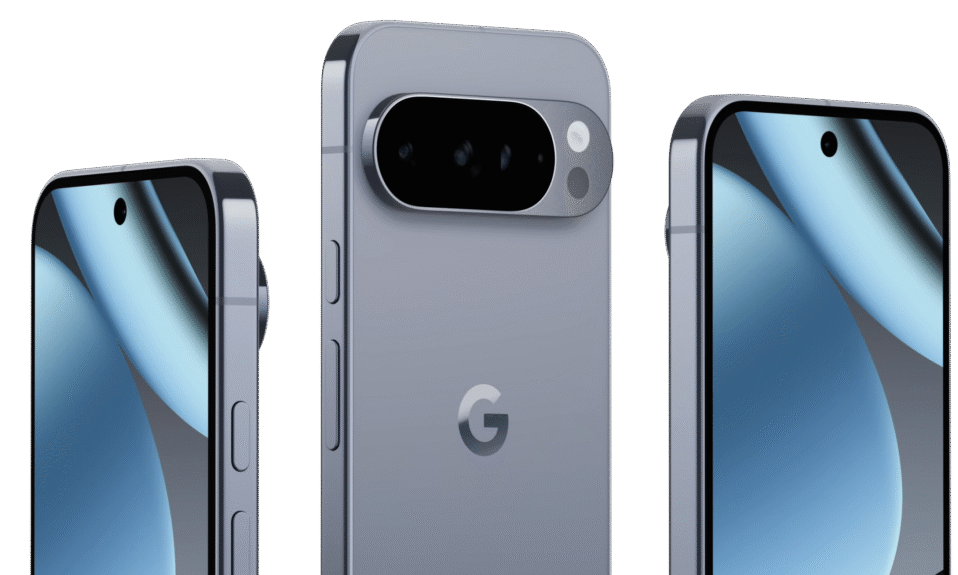The iPad Air has been a staple in the Apple ecosystem, serving as a sweet spot between the entry-level and top-tier iPad Pro. Upon its introduction in 2013, it was known to be thinner and lighter, while also being an impressive performer. Nowadays, with the launch of the iPad Air M2, the device is becoming an intermediate model with an ideal mix of performance, features, and cost.
In this article, we examine what makes iPad Air M2 so special, what it has in common with or what distinguishes it in comparison with the iPad Pro or MacBook Air, and what makes it the ideal product to choose in the context of most consumers.
The Evolution of iPad Air
In 2013, the first model of the iPad Air was released, being thinner and more portable than the usual iPad. It has picked up Apple’s super-premium design and processors, matching much of the heavy-duty power of the iPad Pro, yet maintaining its niche as the lighter, more affordable alternative to the iPad Pro.
However, the sixth generation of the iPad Air is no longer the thinnest/lightest in the range, with that honour now reserved to the iPad Pro. Nonetheless, the opportunity to buy a 13-inch model and the M2 chip makes Air a worthy rival in the world of Apple.
Design And Display
The iPad Air M2 is available in 13 and 11-inch (12.9-inch) models. The 11-inch model is like the earlier models, but the 13-inch is a complete innovation. It is only 6.1mm and weighs 617g, which is relatively light and slim. Colour options allow a hint of personality. They can go with space grey, starlight, blue, and purple.
Regarding the display, the iPad Air has a Liquid Retina LED screen rendered with True Tone and a P3 range wide colour gamut. Its performance is just as impressive despite not having the mini-LED and OLED technology used in Pro models. The Air 13-inch has a 2732×2048 resolution, 264 pixels per inch and 600 nits. The display is sharp, bright, and a highlight to use daily, whether you want to stream, browse, or create.
Performance
The most significant change to the iPad Air is the addition of the M2 chip. Firstly, the M2 is a considerable speed and efficiency improvement over its predecessor, the M1, used on the iPad Pro and MacBook Air only. It has an 8-core CPU, 10-core GPU and 16-core Neural Engine, with 8GB of RAM in all models.
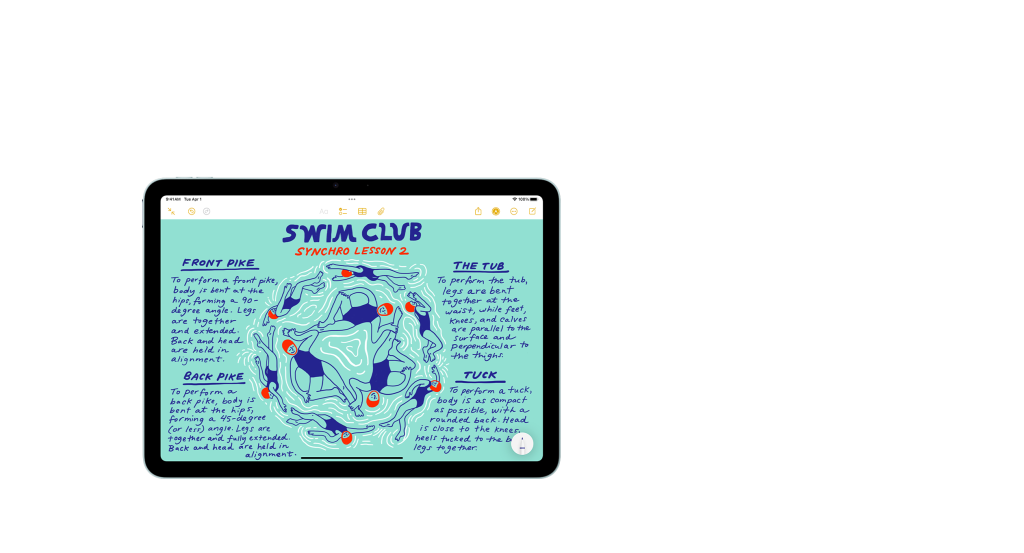
In benchmark tests, the iPad Air M2 runs neck and neck with last year’s iPad Pro, proving it capable of running resource-intensive applications, such as photo and video editing or complex games. The iPad Air M2 can handle power-intensive tasks, including running Logic Pro and sketching in Procreate. Playing graphically demanding games like Diablo Immortal ran like a breeze.
Battery life is the same as with previous models, with 10 hours of web browsing or video playback and 9 hours of cellular. Though this isn’t as long as an 18-hour battery of a MacBook Air, it is sufficient to be used daily.
Cameras
Apple has maintained the rear camera at a 12MP wide-angle lens with an f/1.8 aperture. It has 4K video recording up to 60fps, slow-motion video at 240fps, and time-lapse. Although it can not quite match the True Tone adaptive flash of the Pro, it is highly suitable for everyday use in natural light.
At the front, there has been a marked change in the camera’s position. The same 12MP sensor as the prior iPad, but this time it’s placed on the landscape side of the iPad. This minor modification would make video calls seem much more natural, particularly when the product is used with a stand or keyboard case.
The iPad Air has two microphones and two speakers (and twice the bass on the 13-inch model), which provide good sound quality, regardless of whether you are watching Netflix, attending a Zoom, or recording something.
Connectivity
Connectivity is also upgraded. The iPad Air M2 has Wi-Fi 6E, which can achieve faster and more stable internet speeds in conjunction with Wi-Fi 6E routers. In cellular, Apple has ditched the Nano-SIM slot in favour of eSIM, which is gaining traction as an industry standard.
The Touch ID feature and the power button also have security. To maintain the exclusivity of Face ID, Apple keeps it on the Pro models, which many users would like to have. Even though Touch ID is safe and trusted, fast and suitable when unlocking the device, when buying a product or using Apple Pay.
Productivity
Accessories can make or break the iPad experience, and the iPad Air M2 excels here. It can work with the new Apple Pencil Pro that offers pinch control to access menus quickly and a gyroscope that rotates brush lines as you twist the stylus. These innovations are of particular value to artists, designers and students.

Less support can be found on the keyboard. In contrast to the iPad Pro, which received an updated Magic Keyboard with a larger trackpad and function keys, the Air retains the original Magic Keyboard. Smaller, however, it is practical enough to provide backlit keys, a trackpad, and an additional USB-C port for pass-through charging. More straightforward will be those who choose the updated Smart Folio cover, which offers variable angles to watch and protect.
Pricing
The price cut is the main difference between the iPad Air and the iPad Pro. The 11-inch variant will be $599 (AU$999 / UKAU$599), and the 13-inch variant will be $799 (AU$1299 / UKAU$799). Various storage capacities (128GB to 1 TB), gigabytes, and cellular versions can be purchased at a higher premium.
Even at its highest configuration, a 13-inch Air with 1TB of storage and cellular connectivity costs $400 to $500 less than the equivalent iPad Pro. Compared with laptops, an iPad Air of 13-inch size with accessories is almost as expensive as a MacBook Air but has a brighter screen and transitions into a tablet.
Who Should Buy The iPad Air M2?
The iPad Air M2 is an extra-powerful upgrade on the regular model and retains the longest useful life, making it ideal where size cannot be compromised. Its lightweight design and fast performance make it worthwhile for the casual user who primarily uses the internet to browse, stream, and make notes. Its compatibility with the Pencil Pro will be a hit with students and people who sketch or edit their photos or engage with creative applications.
With that out of the way, those people who require advanced display technology, Face ID, and ProRes video editing performance speeds should consider the iPad Pro. On the one hand, the tech-savvy person will be best suited to using the iPad. On the other hand, the entry-level iPad can be found more appropriate by those who only need to perform basic reading, browsing, and light activities.
Conclusion
The iPad Air M2 has the best price, performance and portability blend. It is a lightweight, thin and powerful device, more than enough for most people, but it is much cheaper than the iPad Pro. A new 13-inch design, a newer M2 processor, a better front camera, and the ability to use the new Pencil Pro make the iPad Air M2 the most buyers need.
The iPad Air M2 is the obvious choice for someone who wants a dependable, high-performing, multifaceted tablet but does not want to overpay.


